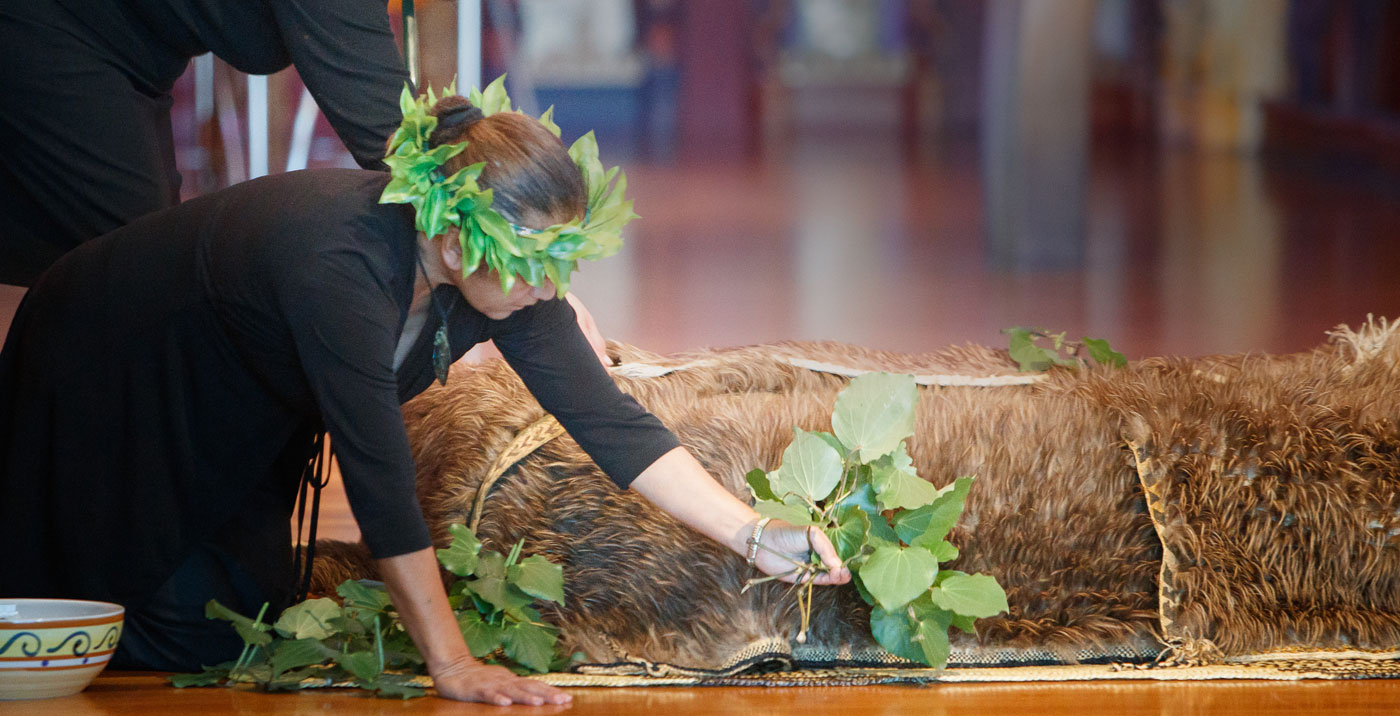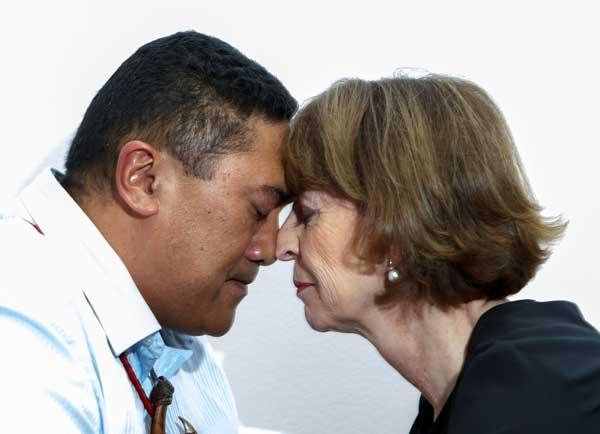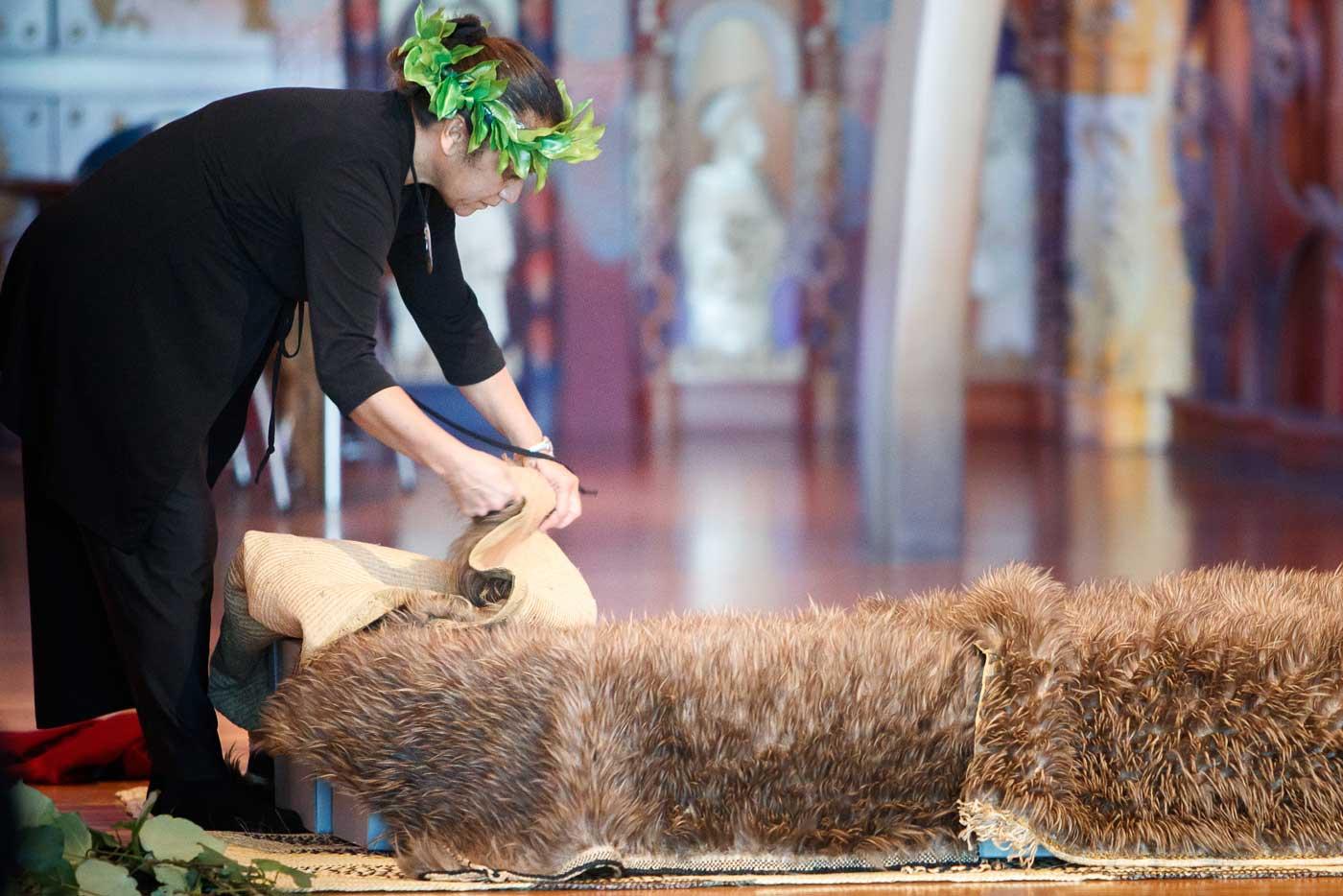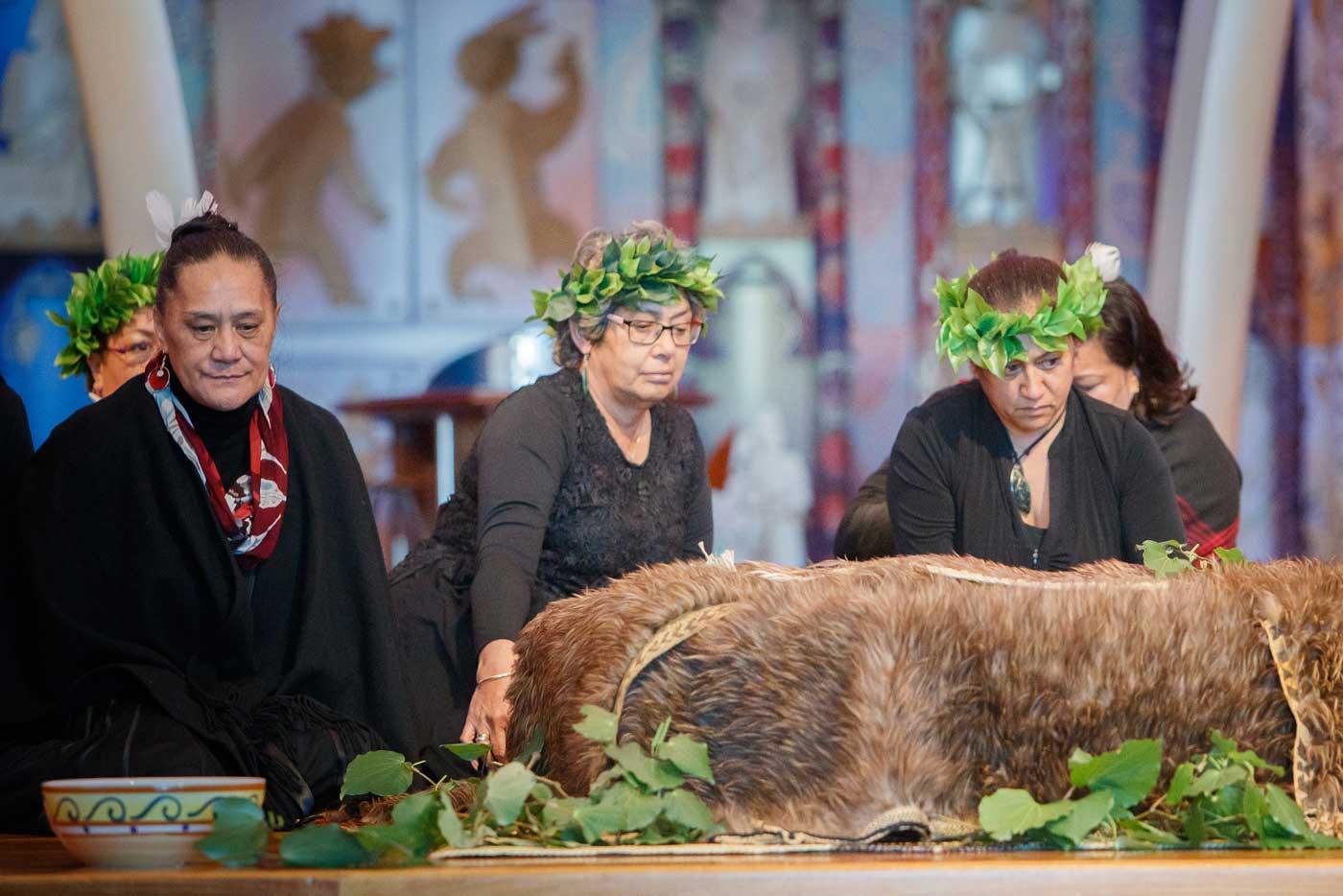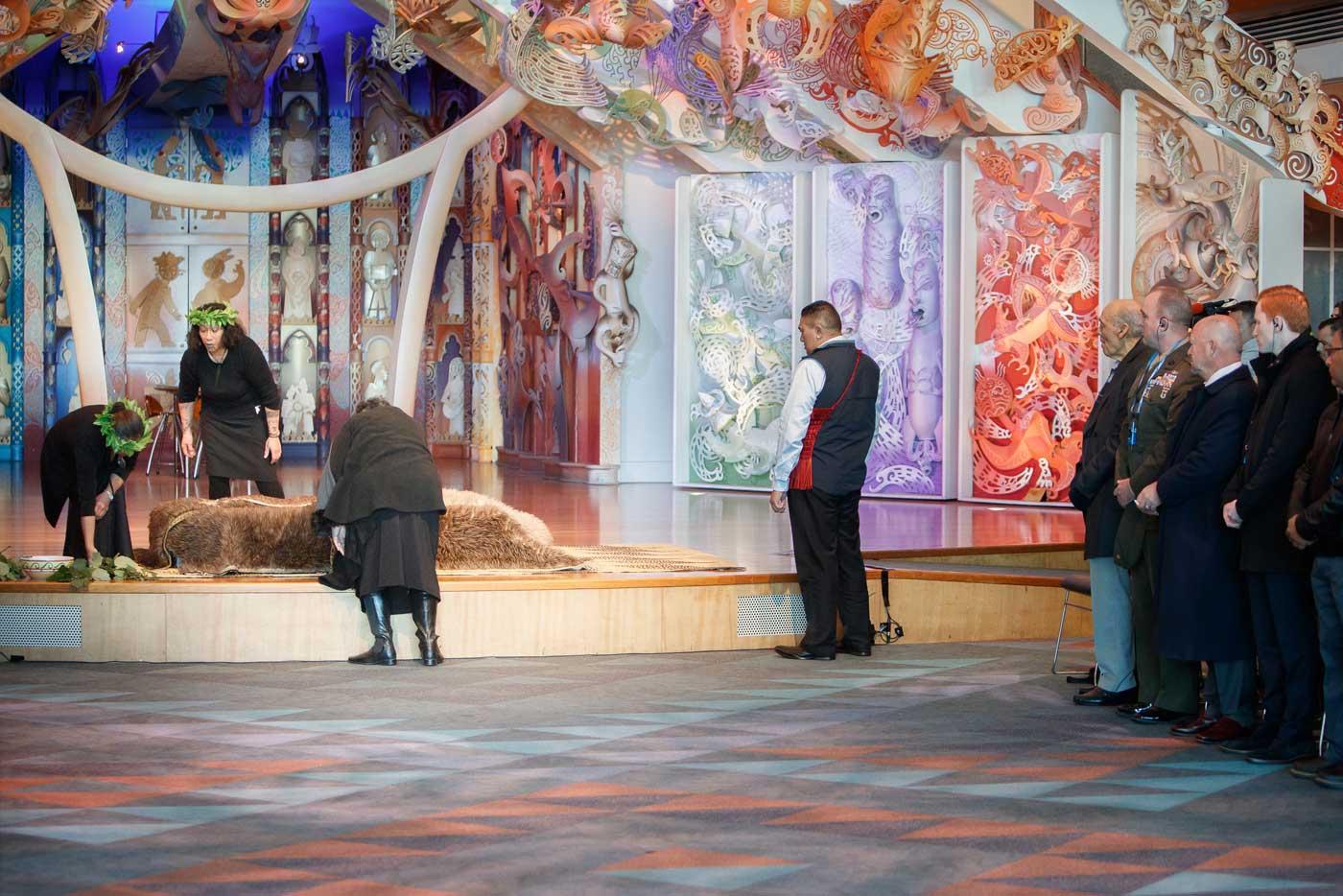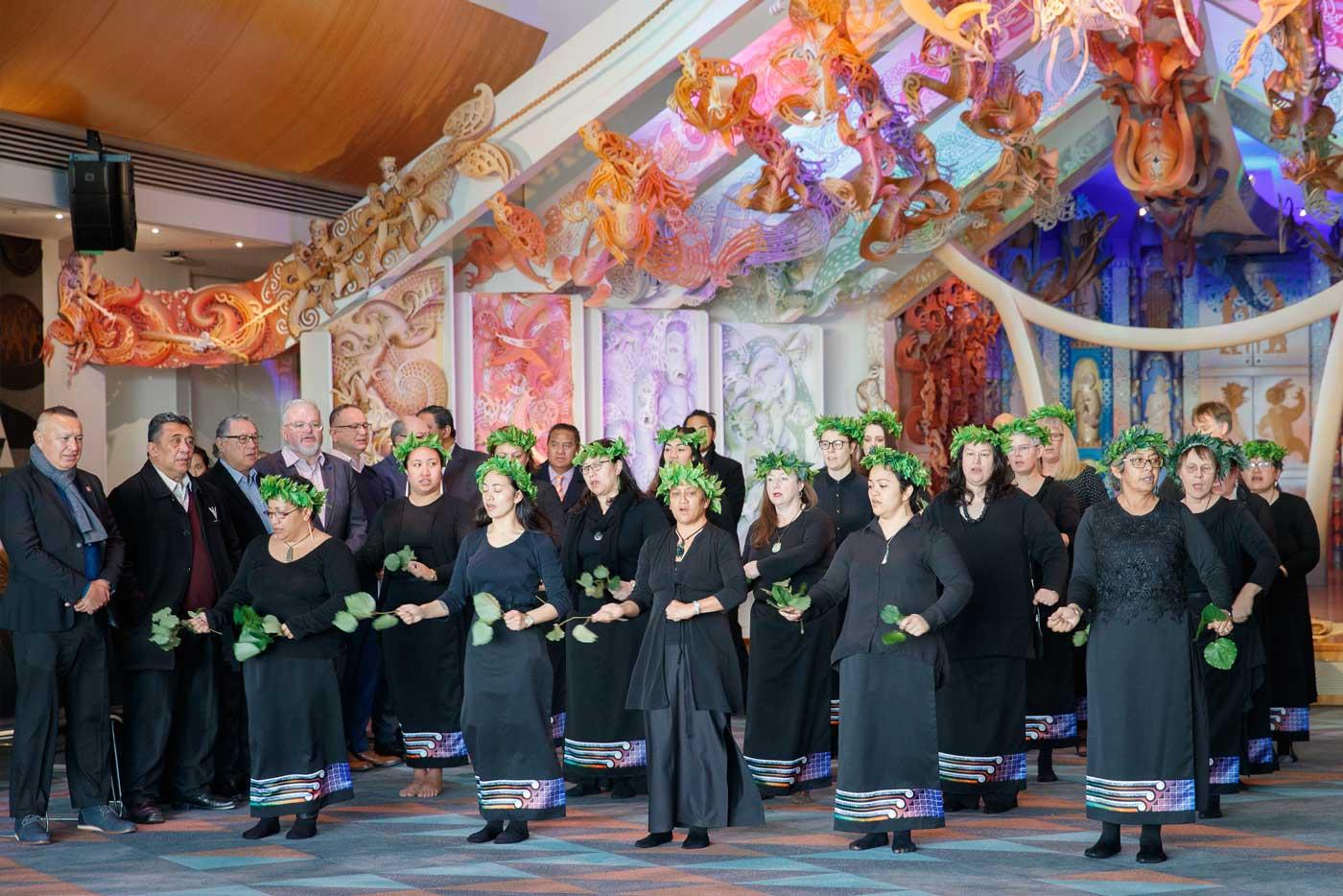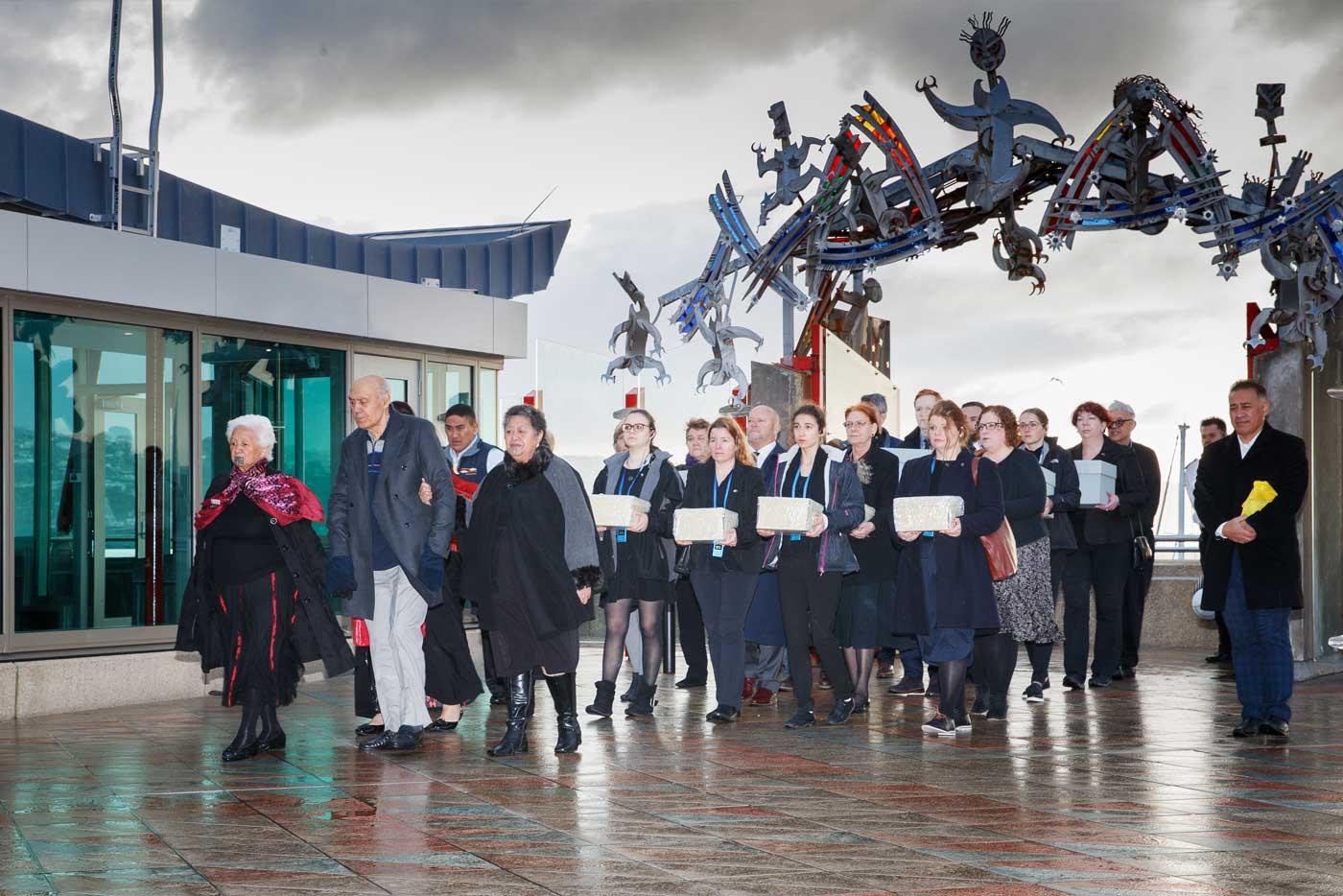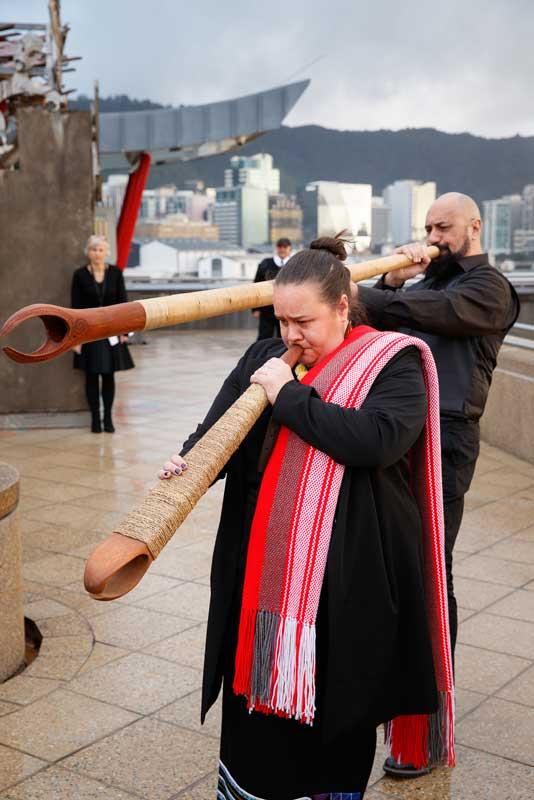A Maori delegation wrapped the tattooed skull of a warrior ancestor and laid it on a feathered cloth. In a ceremony accompanied by traditional mourning songs and “waiata” music from the Modern Maori Quartet, tribal elders told the warrior that he was finally returning home. The skull had spent more than a century in the German city of Cologne’s ethnological museum.
“I cannot undo the wrongs of the past,” said Cologne mayor Henriette Reker, who pressed noses with the delegation in the traditional Maori greeting. “But I have done everything I can to ensure that your ancestor is removed from an anonymous collection to have his human dignity returned.”
The Museum of New Zealand Te Papa Tongarewa, based in Wellington, estimates that there are still about 600 Maori skulls in western museums, most in Europe. The Karanga Aotearoa Repatriation Programme, set up by the New Zealand government in 2003, provides research and transport to return remains to the relevant communities. The Maori and Moriori peoples, who determine their final resting place, believe that this return to their homelands allows the dead and their living descendants to retrieve their dignity.




